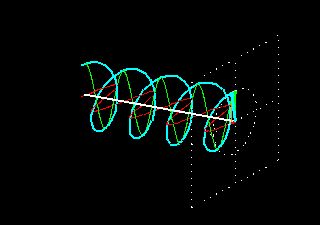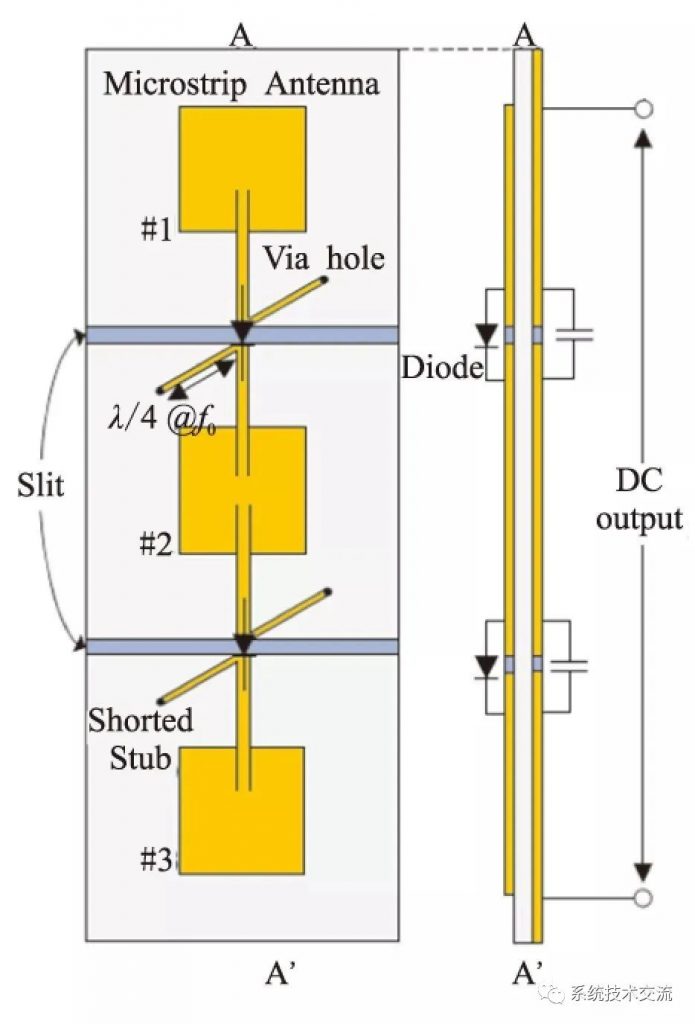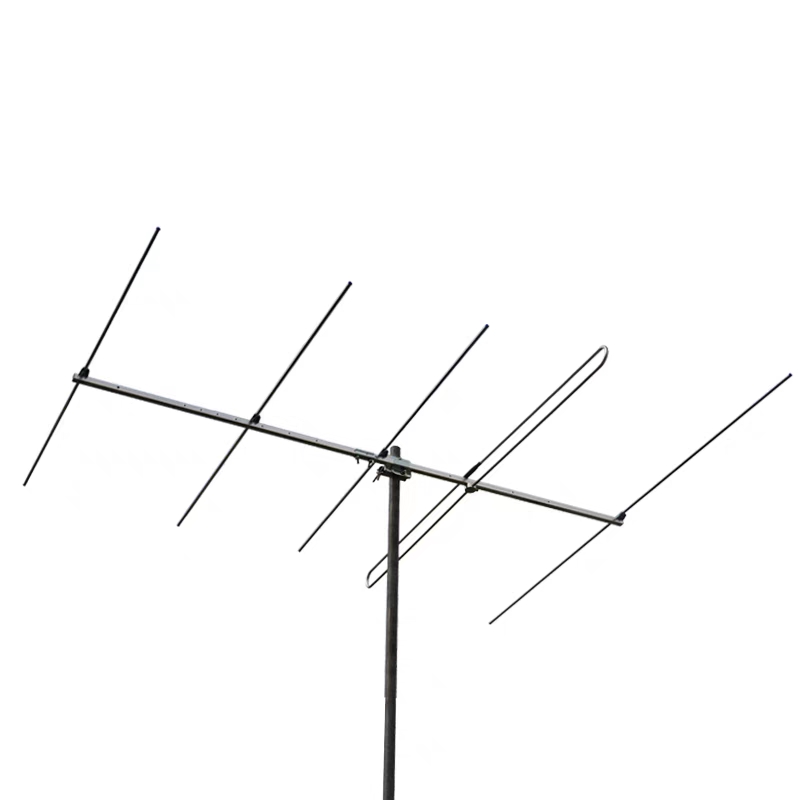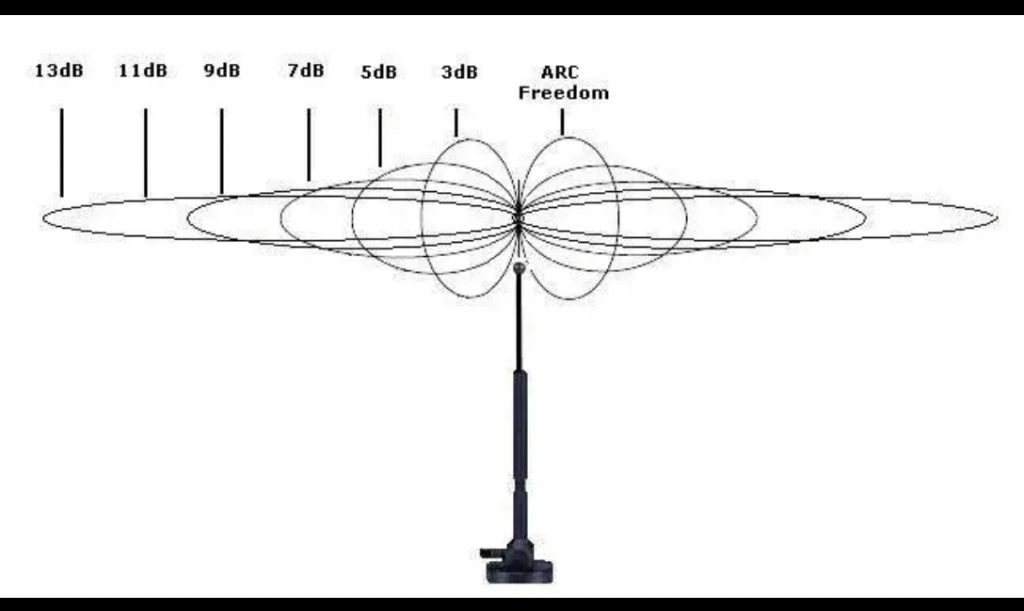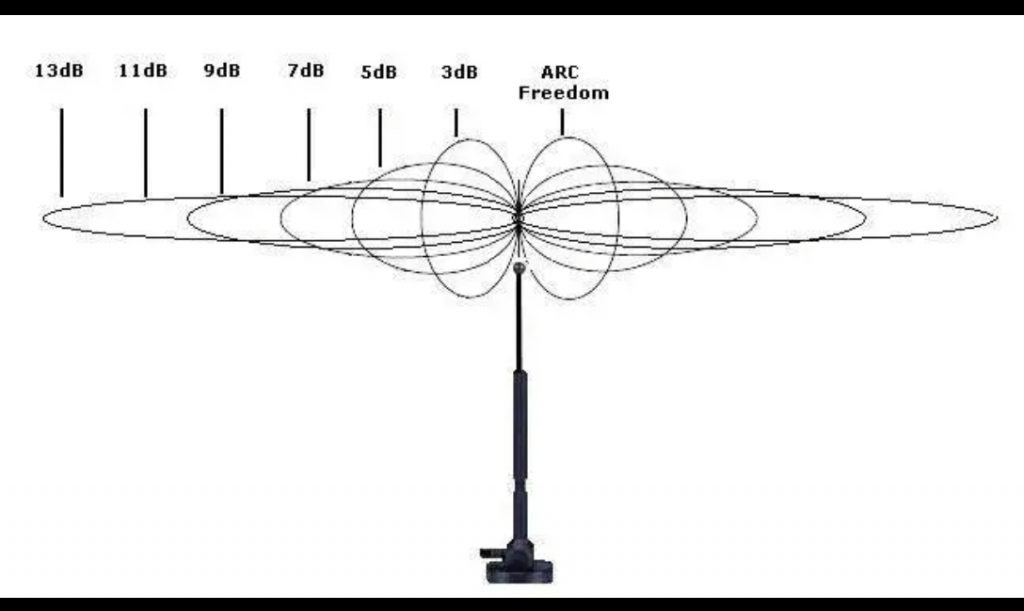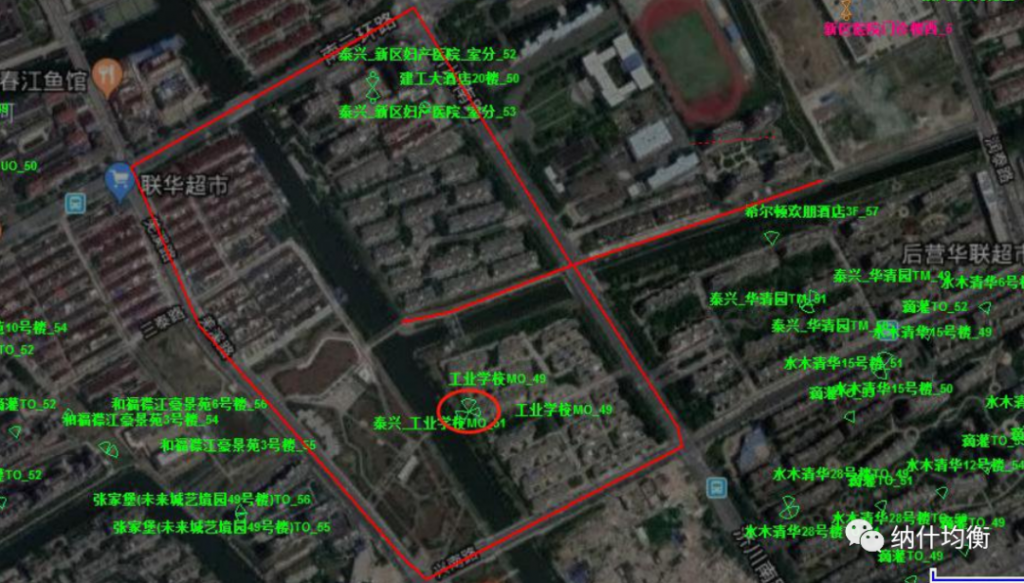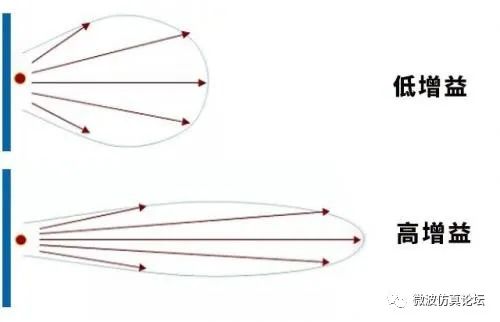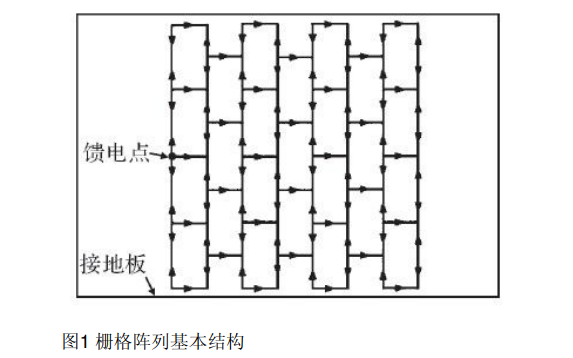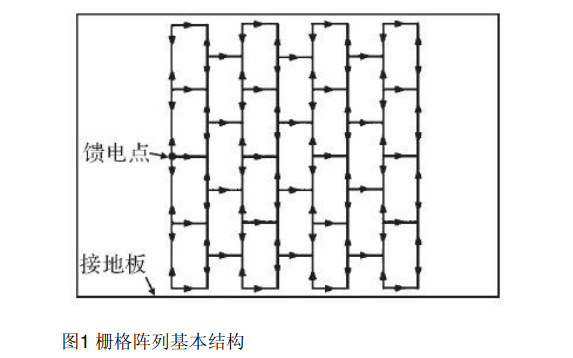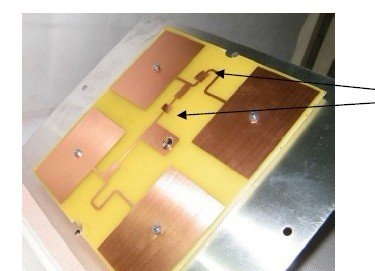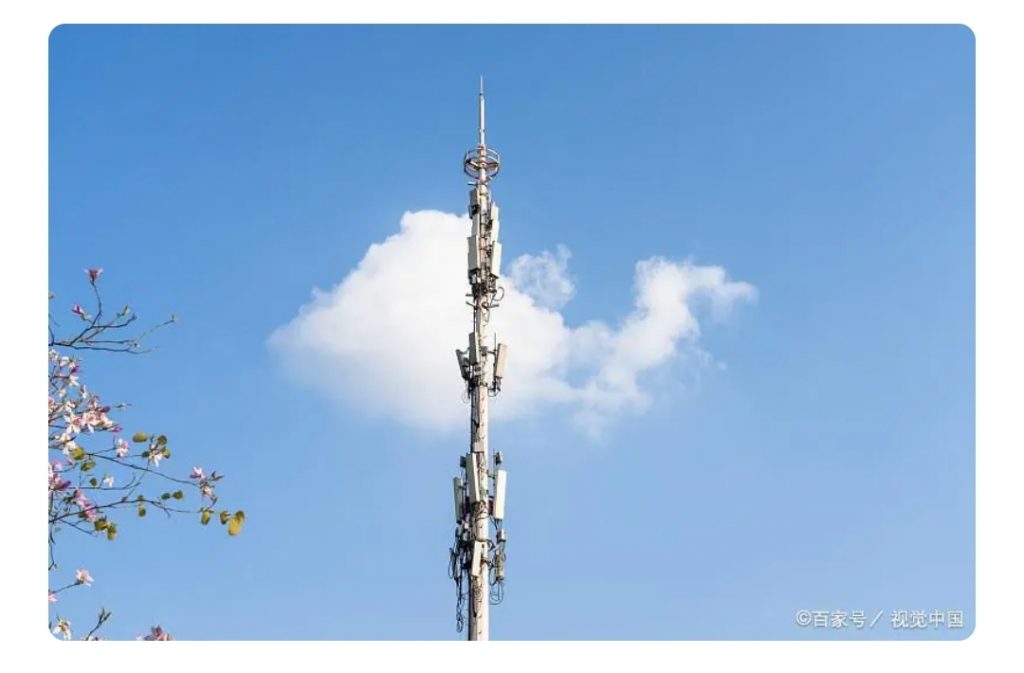Antenna polarization is generally divided into linear polarization and circular polarization. This article will mainly focus on circularly polarized antennas.
1. Definition of circular polarization
When the angle between the polarization plane of the radio wave and the normal plane of the earth changes periodically from 0 to 360°, that is, the magnitude of the electric field remains constant and the direction changes with time, the trajectory of the end of the electric field vector is on a plane perpendicular to the direction of propagation When the projection is a circle, it is called circular polarization.
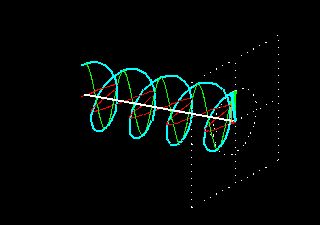
Left-handed circular polarization (LHCP)
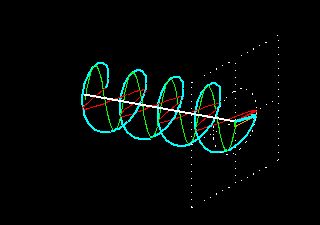
Right-handed circular polarization (RHCP)
Circular polarization can be obtained when the horizontal and vertical components of the electric field have equal amplitudes and a phase difference of 90 or 270 degrees. If the polarization plane rotates with time and has a right-hand spiral relationship with the electromagnetic wave propagation direction, it is called right-hand circular polarization; otherwise, if it forms a left-hand spiral relationship, it is called left-hand circular polarization.
Circular polarization, regardless of the polarization direction of the receiving antenna, the induced signal is the same, and there will be no difference (the projection of electromagnetic waves in any direction is the same).
2. Advantages of Circularly Polarized Antennas
There are three main advantages: the circularly polarized antenna can receive incoming waves of any polarization, and its radiated waves can also be received by any polarized antenna; the circularly polarized antenna has rotation orthogonality; the polarized wave is incident on a symmetrical target (such as plane, spherical, etc.), the rotation direction is reversed, and the electromagnetic waves of different rotation directions have a large value of polarization isolation.
3.How to achieve circular polarization
Use circularly polarized antennas
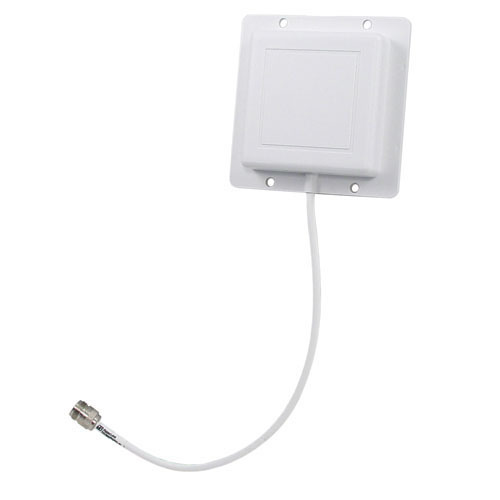
2.4 GHz 8 dBi Left-Handed Circularly Polarized Indoor Wide Angle Panel Antenna
This series of antennas is a compact left-side polarized flat-panel indoor wide-angle WiFi antenna with 8 dBi gain and large coverage. If linearly polarized long-range links are constantly moving, it may be beneficial to use circularly polarized antennas on fixed APs. Circularly polarized antennas have the same response speed as horizontally or vertically polarized antennas. It is suitable for indoor and outdoor applications in the 2.4GHz ISM band (including IEEE 802.11b, 802.11g, and 802.11n), Bluetooth® and public wireless hotspot applications.
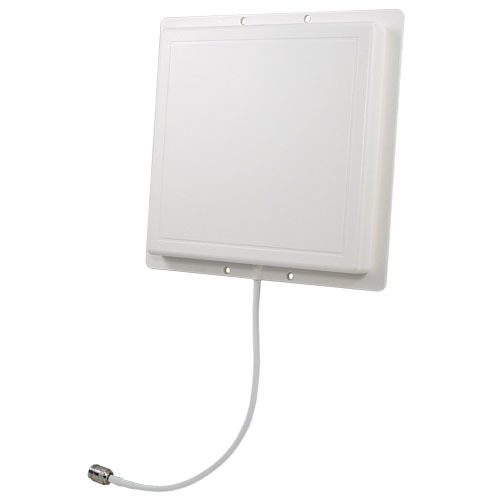
900 MHz 8 dBi Left-handed Circularly Polarized Patch Antenna
This series is a series of high performance left side circularly polarized wall mount panel antennas designed for use in the 900 MHz (860-960 MHz) frequency band. These antennas feature circular polarization, making them ideal for RFID applications. The small and light HG908PCL antenna has 8 dBi gain and 65° beamwidth.
Helical antenna can also be realized
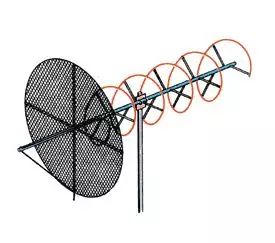
Depending on their construction, large coils on cantilever with ClockWise (CW) windings providing RHCP and Counter ClockWise providing LHCP. However, sometimes the polarization of the helical antenna is also disadvantageous because the polarity can be reversed. It can be seen simply from the appearance that if the helical antenna is wound clockwise, RHCP (right-handed) is given. If it winds counterclockwise the law gives LHCP (left hand).
Others, such as two identical Yagi antennas, can also achieve circular polarization well after installation and testing.
